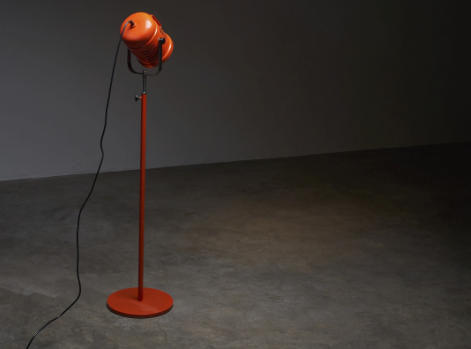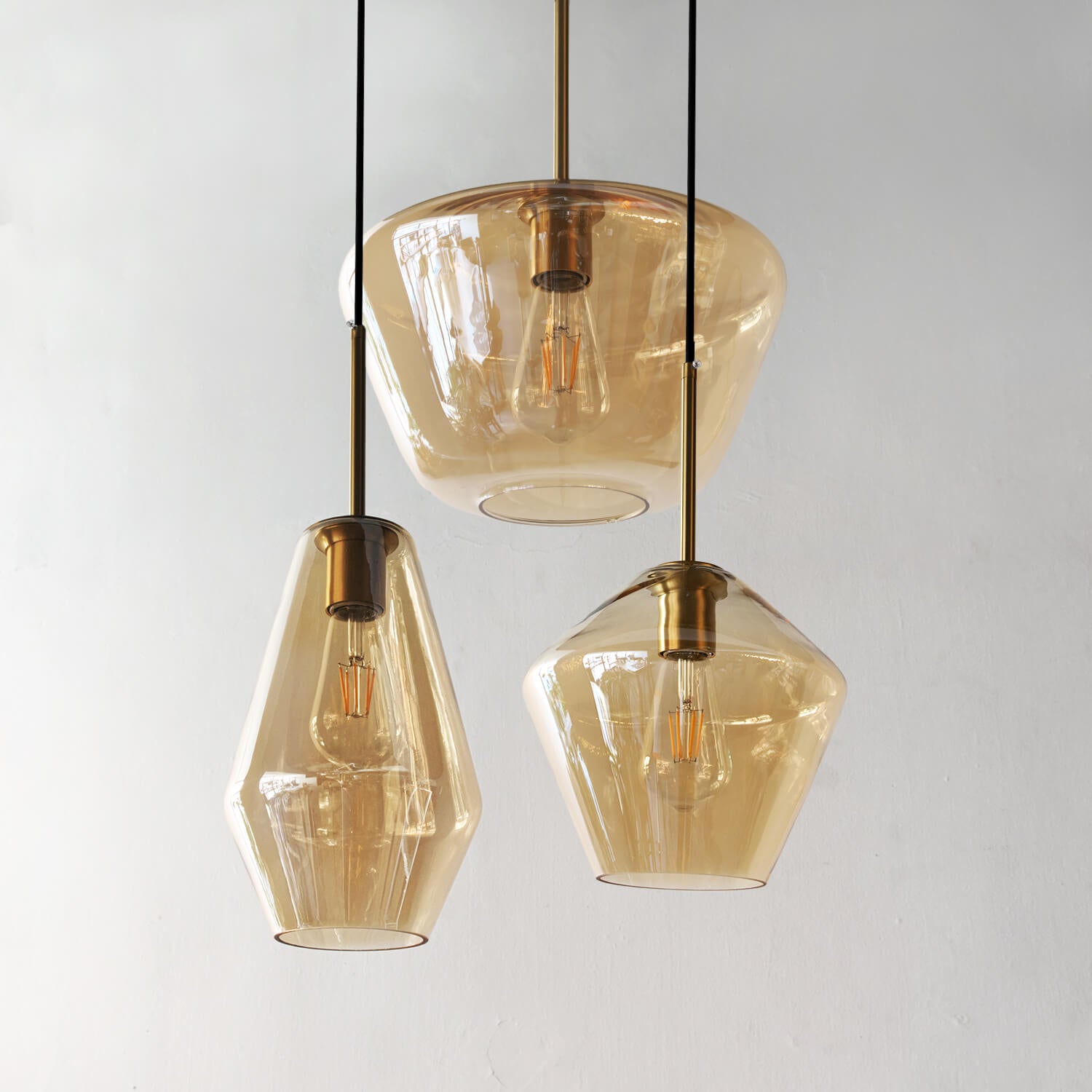From the earliest civilizations, human beings have adorned themselves with various forms of ornaments. These items not only enhance our physical appearance but also hold cultural and traditional significance. Among the many types of ornaments available, lustre ornaments stand out as a unique and elegant addition to any ensemble. The beauty of lustre ornaments lies in their lustrous and iridescent finish that shimmers in the light. In this article, we will delve into the world of lustre ornaments, exploring their history, production process, and their significance in different cultures.
History of Lustre Ornaments
The origin of lustre ornaments can be traced back to ancient Egypt. The Egyptians were known for their love of gold jewelry and used lustre as a technique to enhance the appearance of their ornaments. The technique involved coating the surface of the jewelry with a glassy material mixed with metallic oxides, which gave the ornaments a lustrous effect.
During the Middle Ages, lustre ornaments became popular in Spain and Italy. The Moors, who ruled these regions during this period, introduced the technique of lustre pottery, which involved coating ceramics with a thin layer of metal film. This technique was later adopted by Italian artisans, who incorporated it into their glassmaking processes.
In the 19th century, the production of lustre ornaments expanded to England, where it became popular among the middle class. Porcelain lustre became the most popular form of lustre production, as these ornaments were highly affordable and could be mass-produced.
Production of Lustre Ornaments
The process of making lustre ornaments varies depending on the material used. Generally, the production process involves the application of a thin metallic film onto the surface of the material being used.
For example, in the production of ceramic lustre, a metal compound is dissolved in a liquid medium and applied to the surface of the ceramic object. The object is then fired in a kiln at a high temperature, which causes the metal compound to decompose and leave behind a thin film of metallic particles. This process gives the ceramic object a unique metallic sheen.
On the other hand, in the production of glass lustre, a metallic coating is sprayed onto the surface of the glass while it is still hot. The glass is then reheated to fuse the metallic particles to the surface, giving it a beautiful iridescent finish.
Lustre Ornaments in Different Cultures
Lustre ornaments hold cultural and traditional significance in many cultures around the world. In ancient Egypt, gold lustre jewelry was believed to have magical powers and was worn by the pharaohs as a symbol of their divine right to rule.
In Islamic culture, lustre pottery was highly regarded and used to decorate mosques and palaces. The technique was also used to portray religious figures such as the Prophet Muhammad and his family.
In Mexico, a unique form of lustre pottery called Talavera was developed during the colonial period. It gained fame for its intricate designs and traditional use of blue and white colors.
Lustre ornaments have been an integral part of human history for centuries, and their popularity remains. The beauty of lustre ornaments lies in their unique iridescent and lustrous finish, which adds an elegant touch to any ensemble. The production of lustre ornaments has evolved over the years, from the ancient Egyptian gold lustre to the contemporary glass lustre. Lustre ornaments also hold cultural and traditional significance in different parts of the world. Whether it is a Talavera plate from Mexico or a ceramic vase from Spain, lustre ornaments never fail to impress and make an unforgettable statement.



